My Cat Had Diabetes – Here’s What I Wish I Knew Sooner
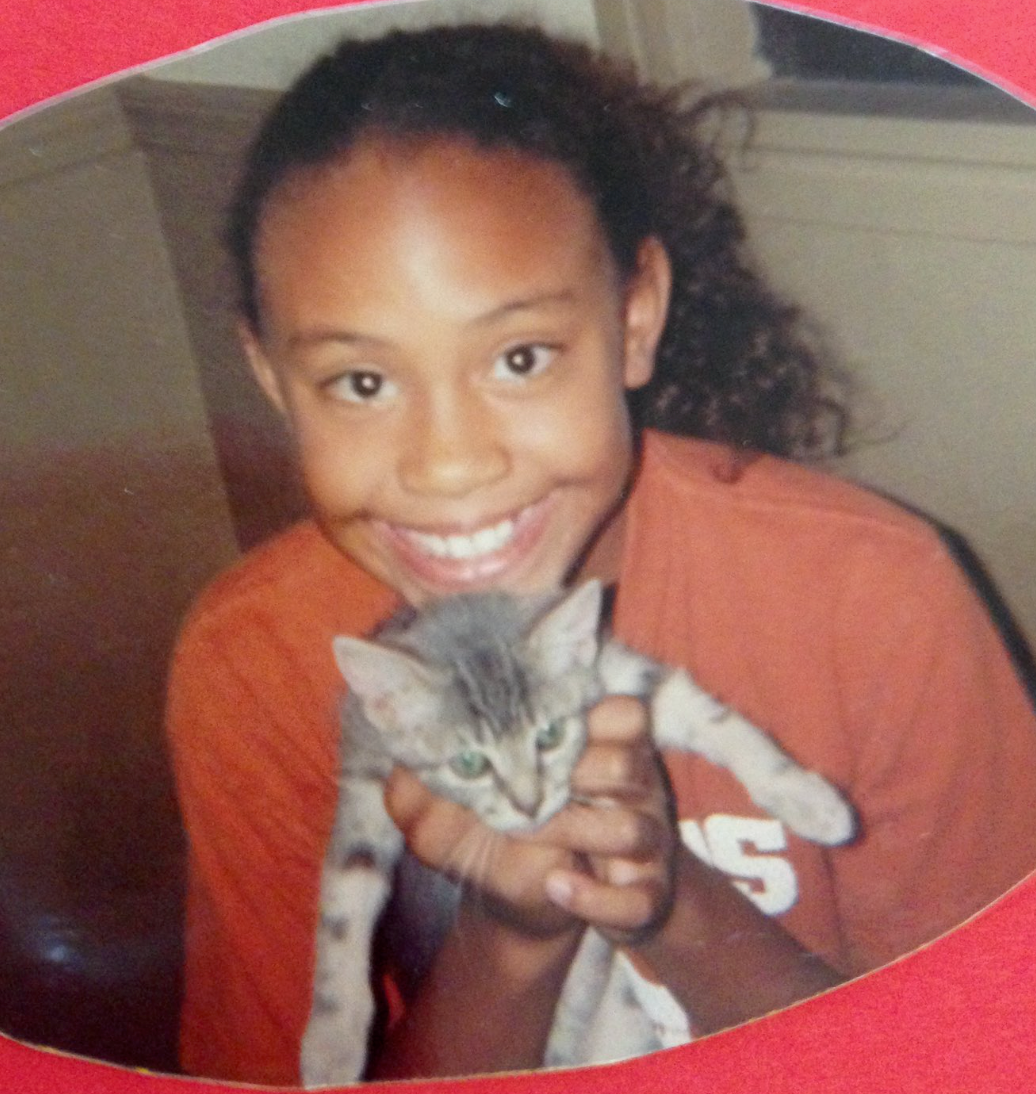
We all know that our pets can get cancer, heartworms, ear infections, and other common issues. But did you know they can also get diabetes? I sure didn’t—until my childhood cat, Dallas, was diagnosed with type 1 diabetes in 2016.
It rocked our little world. My family and I were shocked as the vet explained what it would take to keep her alive and healthy. That was the start of our feline diabetes journey—one filled with daily injections, constant care, and a whole lot of love.
Dallas’ Story: Our Journey With Feline Diabetes
We weren’t a wealthy family with $100-$150 of disposable income each month for pet medication, but Dallas wasn’t just a pet—she was family. So, we made it work.
Backstory:
I grew up living with my grandparents, Jaime and Linda Leyva, and my mom. Even after I went off to college in 2015, I still came home for summers and school breaks. But while I was away, my grandparents became Dallas’ main caretakers. Shoutout to my lovely grandparents—they are the real MVPs of this story.
When Dallas was diagnosed, she needed insulin shots twice a day—every day, at 7 AM and 7 PM. My grandpa held her (he refused to give the shots himself because he didn’t want to hurt her—he loves animals too much), while my grandma administered the injections. She carefully measured the dosage, rotated which limb received the shot, and even kept a log of the day, time, and location.
They did this every single day until February 10, 2020, when we had to make the heartbreaking decision to put Dallas to sleep. She was 14 and a half years old and had lived an amazing life. She got to watch me graduate high school and college. She is now buried in my grandparents’ backyard, next to Jinxx and Tini—my childhood dogs.

What Causes Feline Diabetes?
After Dallas’ diagnosis, I had to quickly learn everything I could about feline diabetes. Here’s what I wish I had known sooner:
Feline diabetes happens when a cat’s blood sugar gets too high due to a lack of insulin.
- Insulin is a hormone made by the pancreas (which sits in the middle of their belly, below the stomach).
- Its job is to move sugar from the blood into the cells, where it’s used for energy.
- Without enough insulin, sugar builds up in the bloodstream instead of fueling the body’s cells, which can cause serious health issues.
Recognizing the Signs of Feline Diabetes
Looking back, I can see that Dallas showed signs of diabetes before her diagnosis—I just didn’t know what to look for.
In summer 2016, while home for a break, I noticed blood in her urine when I was cleaning the litter box. I immediately turned to Google and saw a list of potential issues. Worried, I made an appointment with a local vet.
The vet told me that Dallas was just overweight and getting older. I trusted the professional, so I believed him. But a few months later, while I was away at school, she stopped eating, using the litter box, and became lethargic. That’s when my mom took her back to the vet—and she was officially diagnosed.
Dallas’ Symptoms:
- Blood in urine
- Lethargy and weakness
- Loss of appetite
- Not using the litter box
- Obesity followed by dramatic weight loss
Common Symptoms of Diabetic Cats:
- Excessive thirst and drinking more
- Increased urination
- Increased appetite
- Weight loss (even with more eating)
- Obesity
Tip: Pay attention to their daily habits. When you scoop the litter box, make sure they’re peeing regularly—but not excessively—and check for blood.
Real Stories From the #SpoiledPetSquad: Loki’s Journey with Diabetes
Every cat is different—and every diabetes journey is, too. I recently spoke with a fellow cat parent from our #SpoiledPetSquad @coloradocowcrew (instagram handle), whose fur baby, Loki, was diagnosed with diabetes at the end of 2024. Here's what she shared:
“Loki’s primary symptoms were polyuria and lethargy. It wasn’t obvious. We thought he urinated more because he drank a lot of water; we thought he drank more water than the other cats because he’s larger. His increased lethargy was so gradual—it just seemed like he was getting older.”
— Loki’s human
Like many cat parents, Loki’s family initially thought the changes were normal aging. But during a vet visit for an ear infection, they trusted their instincts. He still seemed “off,” so they requested further bloodwork. Loki’s glucose and fructosamine levels confirmed the diagnosis—he had diabetes.
Loki’s Treatment Plan
-
Daily oral medication to help filter excess glucose through his urine
-
Prescription food formulated for diabetic cats
-
Continuous glucose monitor (CGM) to track his glucose curve
-
Frequent vet visits to adjust his treatment plan and track improvements
His family is also exploring a manual glucose reader for at-home tracking when he’s not wearing the CGM.
“It’s stressful,” she told us. “But I’m thankful we don’t have to administer insulin. Now we monitor his glucose levels and make sure they don’t drop too low. He’s more energetic, playful, and content than before.”
Loki’s story is a reminder that early detection can make all the difference—and that you should always trust your gut when something seems off.
How We Managed Dallas’ Diabetes
We learned as we went, but here’s what helped us keep Dallas as healthy as possible:
Consistent Meal Times:
- We gave her meals at the same time every day to help manage her blood sugar levels.
- No free-feeding—this helped us monitor her food intake.
Strict Insulin Schedule:
- 7 AM and 7 PM insulin shots, like clockwork.
- My grandma tracked dosage and injection sites to avoid overusing the same spot.
Dallas’ Diet:
- Her meals were mostly pebbles, cooked chicken, turkey, and milk.
- Unfortunately, she refused wet food, which made it harder to keep her hydrated.
- We didn’t monitor her water intake—something I regret, knowing what I know now.
Prevention: What I Do Differently for My Cats Today
I learned a lot from Dallas, and now I’m proactive about my cats’ health. Here’s what I do to help prevent diabetes:
Calorie Control:
- No more than 250 calories a day.
- This prevents obesity, which is a major risk factor.
Daily Playtime:
- At least 15 minutes of active play every day.
- Running, jumping, and pouncing keeps them fit and healthy.
- Active cat = Healthy cat = Long life.
Balanced, High-Quality Meals:
- Two meals a day with some healthy treats in between.
- I avoid human food completely—it’s not worth the risk.
Hydration Is Key:
- I add water to their meals—no such thing as too much hydration.
- A 10 lb cat should drink one cup of water a day.
- I weigh them every few months to keep tabs on their health.
Tip: I give my cats a “water cup” once a day—I crumble some Spoiled Pets freeze-dried treats into ¼ cup of water and mix it into a flavorful broth. They love it, and I love knowing they’re getting extra hydration. I also add ¼ cup of water to their food at meal times. Yes, their meals are soupy—but they’re hydrated!
Take Care of Your Little Fur Baby
Your pets don’t know what they need—but now you do. Trust me when I say it’s a lot cheaper and easier to provide a healthy lifestyle now, than to face a future of expensive insulin shots twice a day.
Invest in your cat’s health—it’s the best gift you can give them.
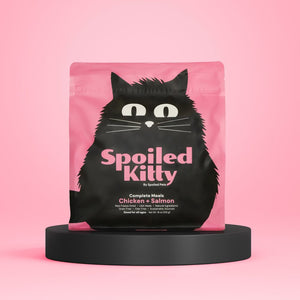

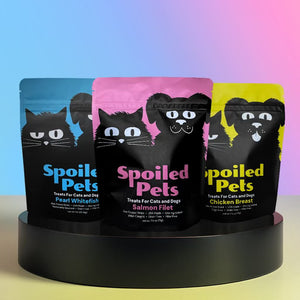
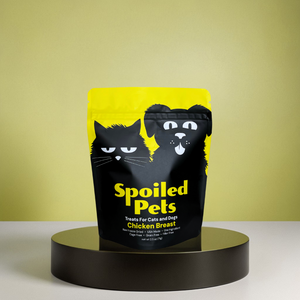
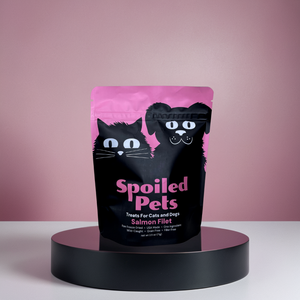
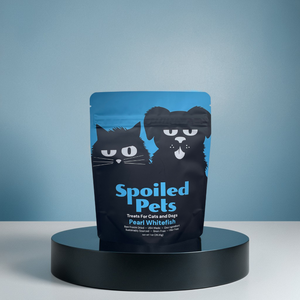

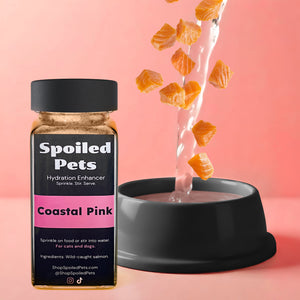
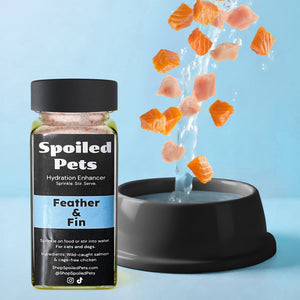




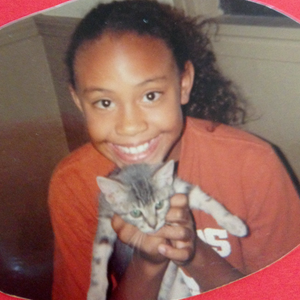

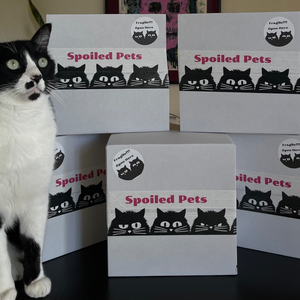
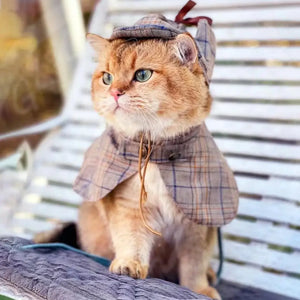



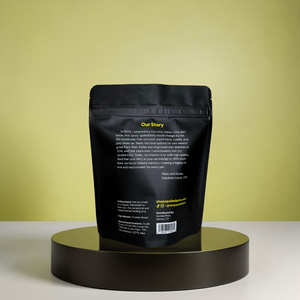
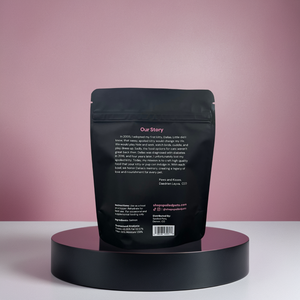
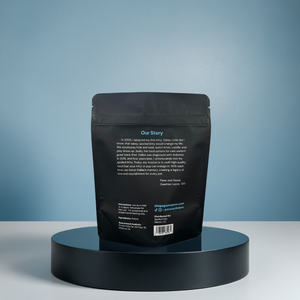
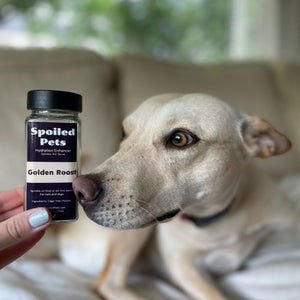
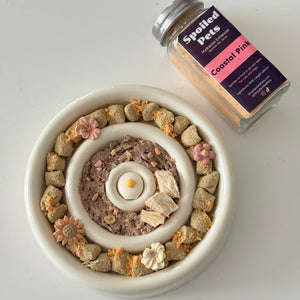



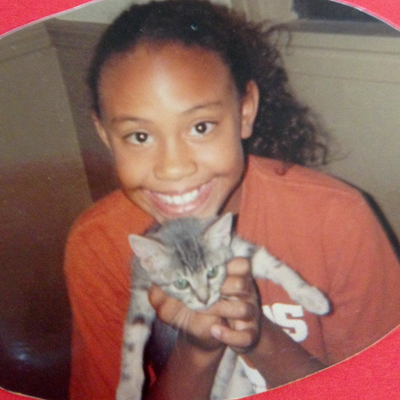

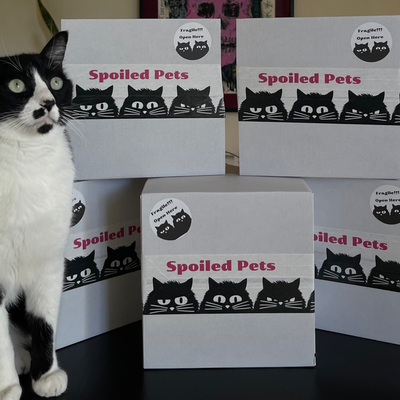
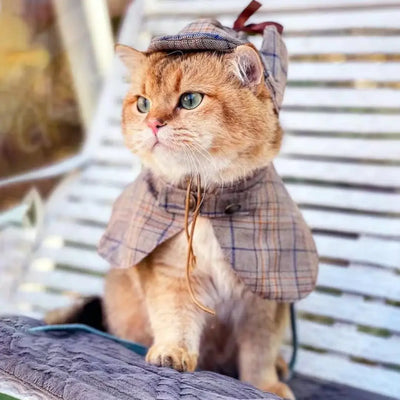

Comments
Sunny B. —
Great article. Thank you for sharing